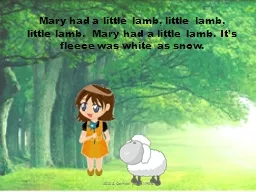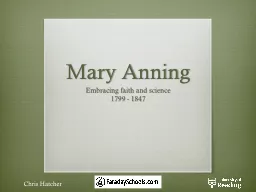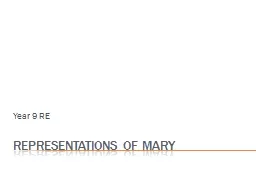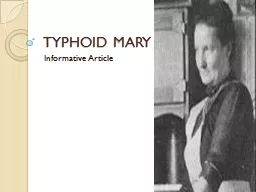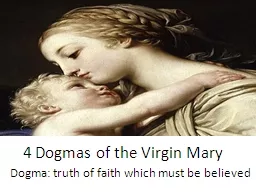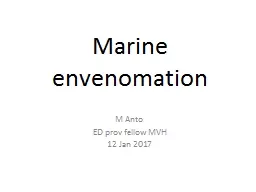PPT-Gandhiyan philosopy AGGI MARY ANTO
Author : triclin | Published Date : 2020-08-05
BED SOCIAL SCIENCE 20152017 BATCH ST THOMAS COLLEGE OFTEACHER EDUCATION PALA OBJECTIVES OF THE STUDY T o illustrate the great personality of Mahatma Gandhi To explain
Presentation Embed Code
Download Presentation
Download Presentation The PPT/PDF document "Gandhiyan philosopy AGGI MARY ANTO" is the property of its rightful owner. Permission is granted to download and print the materials on this website for personal, non-commercial use only, and to display it on your personal computer provided you do not modify the materials and that you retain all copyright notices contained in the materials. By downloading content from our website, you accept the terms of this agreement.
Gandhiyan philosopy AGGI MARY ANTO: Transcript
Download Rules Of Document
"Gandhiyan philosopy AGGI MARY ANTO"The content belongs to its owner. You may download and print it for personal use, without modification, and keep all copyright notices. By downloading, you agree to these terms.
Related Documents



